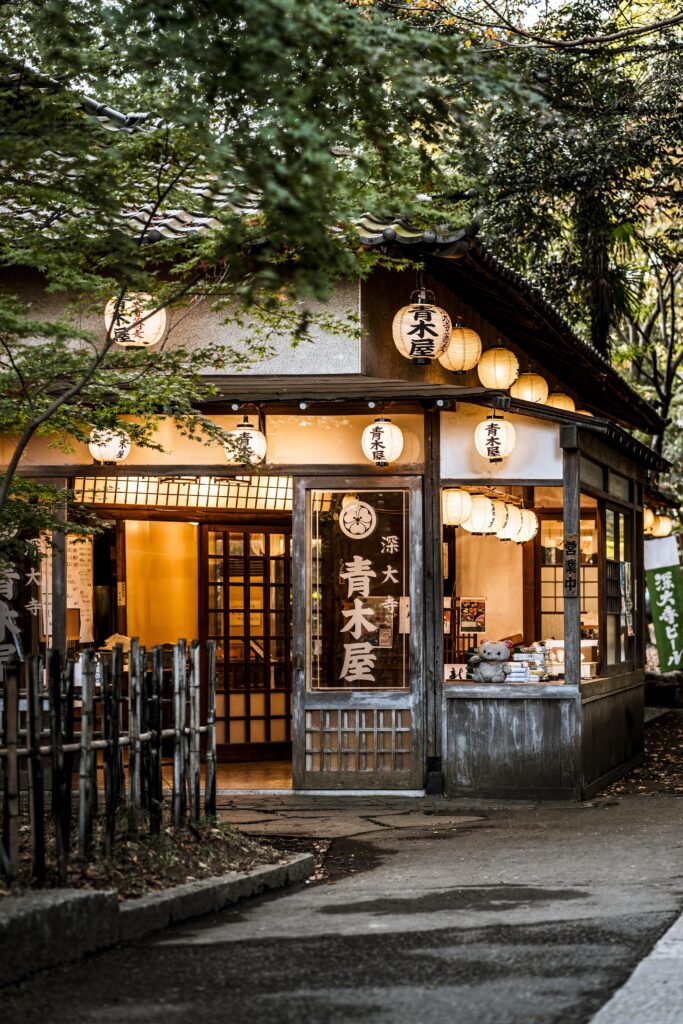
From AI Income Engines to India’s Hallyu Phenomenon: Unlocking Digital and Cultural Trends!
My introduction to Korean culture began with my sister’s BTS and Blackpink playlists. I never jumped on the K-drama bandwagon until I saw When Life Gives You Tangerines. Its storytelling and visuals won me over instantly. Now I’m deep into Reply 1988, and I’m hooked!
Though I was late to Korean TV, I’ve always been a fan of the food. Nissin noodles, spicy Buldak ramen, and Knorr’s Korean soups are staples. Just yesterday I spotted giant billboards promoting McDonald’s and Burger King’s Korean menus proof the craze is everywhere.
From music and dramas to beauty trends, fashion, food, and language, Korean culture is weaving into daily life worldwide. In India, the Hallyu wave started quietly in the Northeast where cultural ties to East Asia made K-pop and K-dramas feel familiar. But with the rise of affordable smartphones and data after 2010, the phenomenon spread to metros and beyond.

Key moments fueled the surge:
PSY’s “Gangnam Style” in 2012 shattered language barriers and introduced K-pop globally.
The pandemic lockdowns gave everyone time to binge Korean content, with Netflix championing shows like Squid Game.
Local streaming platforms (MX Player, ZEE5) began offering dubbed and subtitled K-dramas.
Fan-driven Instagram pages and online communities turned Korean culture into something personal and aspirational.
How Hallyu Is Reshaping Indian Markets
Fashion & Beauty
Terms like “glass skin,” “double cleansing,” and “snail mucin” are now part of mainstream Indian skincare.
E-commerce sites (Nykaa, Amazon, Tira) dedicate entire sections to K-beauty, often tailoring products for local needs.
Korean streetwear oversized layers, bucket hats, preppy styles has infiltrated Gen Z wardrobes, influencing India’s fashion influencers.
Food & Beverage
Korean cuisine has exploded beyond niche restaurants: you’ll find local QSRs serving Korean fried chicken and cloud kitchens delivering ramen in Tier II and III cities.
Instant Korean noodles line supermarket aisles; bubble tea chains are popping up nationwide.
Indian brands have even launched “K-flavored” snacks and sauces to ride the wave.
Language & Education
Learning Korean is booming on platforms like Duolingo, and universities now offer it as an elective.
Indian YouTubers teach Korean with cultural context, turning language study into a fan-driven experience.
Retail & Merchandising
Dedicated K-pop and K-drama merchandise photo cards, plushies, posters has gone mainstream on Amazon, Flipkart, and Meesho.
Licensed character lines (LINE Friends, BT21) harness fan loyalty and introduce fresh visual styles.
Experiential & Community Marketing
Fans crave real-world connection: events like Rang De Korea draw huge crowds, and themed restaurants like Delhi’s Kori’s offer immersive photo booths that spread brand awareness organically.
Success Stories
Nykaa’s K-Beauty Launch
Nykaa’s dedicated K-beauty store skyrocketed Korean brand sales by 2.5× in 2024 bringing The Face Shop, Innisfree, Laneige, and more into Indian shoppers’ carts. Their educational content and expert demos convinced consumers that K-beauty was here to stay.
Quench Botanics: Localizing K-Beauty
Quench Botanics blends Korean skincare principles with formulas made for Indian skin and climate. By partnering with influencers, spotlighting ingredients, and pricing thoughtfully, they’ve turned global trends into homegrown success.
GOPIZZA & Boba Bhai: Korean Flavors for Indian Streets
GOPIZZA offers speedy, personal-size Korean-style pizzas for urban lifestyles.
Boba Bhai surprised Shark Tank India with their bubble tea and Korean-inspired burgers, capturing the hearts of India’s 14 million K-pop fans with vegan options and inventive desserts.
These brands prove that when businesses adapt Hallyu’s spirit mixing authenticity, speed, and localized flair they can tap into a cultural movement that’s only growing stronger.

